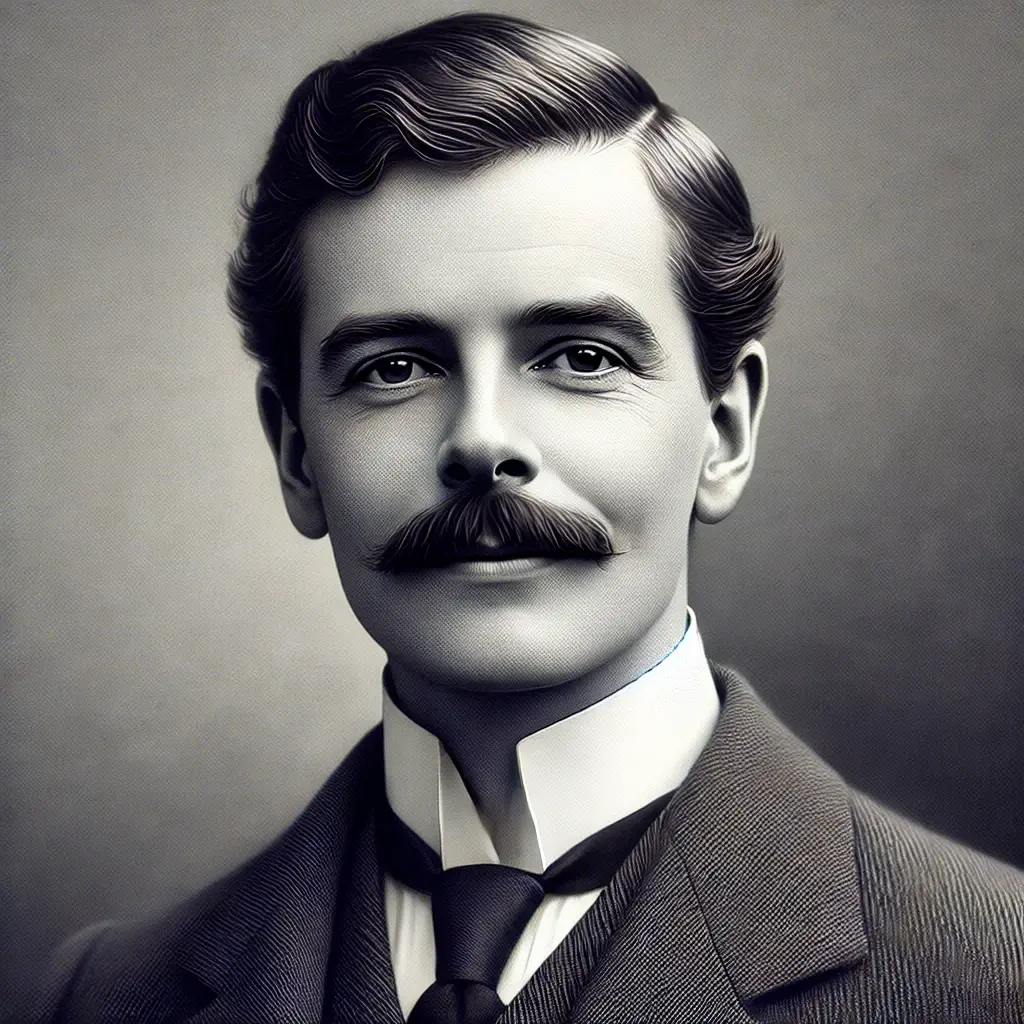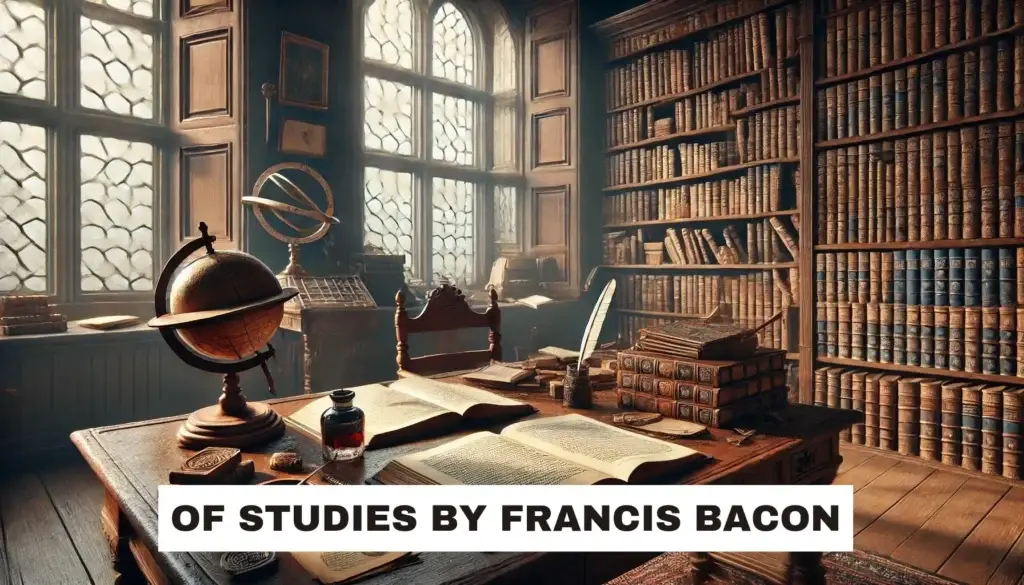Let’s talk about Saki’s (H.H. Munro) short story The Toys of Peace. It’s a delightful little tale which feels like a modern parenting debate wrapped in Edwardian humor. If you’ve ever tried to introduce kids to “educational fun” only to watch your efforts crash and burn, you’ll relate to this one perfectly!
About the Author
Hector Hugh Munro, better known by his pen name Saki, was a British writer (1870–1916) known for his witty, darkly humorous, and satirical short stories. His works often critique Edwardian society and feature unexpected twists. He was influenced by writers like Oscar Wilde and Lewis Carroll. Munro served in World War I and tragically died in combat.

His famous works are :-
- The Open Window
- Sredni Vashtar
- The Lumber Room
- Gabriel-Ernest
- Tobermory
The Toys of Peace Summary: When Good Intentions Go Hilariously Wrong
Picture this It’s 1914, and our protagonist, Harvey Bope, has just read a newspaper article. The article suggests that violent toys—like toy soldiers and cannons—are filling children’s minds with destructive ideas. This reminds me of the popular game PUBG. Okay, let’s see what happens further. Harvey, determined to be the change society needs, decides to gift his nephews, Eric and Bertie, something different for Easter: toys of peace!
But what exactly are “toys of peace,” you would ask? Oh, just the kind of toys that would bore the socks off any kid—miniature models of civic buildings like town halls, granaries, and an industrial school. Yes, really.
When Harvey presents these to the boys, they’re less than thrilled. But kids are nothing if not imaginative! Within moments, they transform these dull toys into props for a gruesome make-believe battle. The industrial school becomes a fort, and poor figures like John Stuart Mill are gleefully executed in the boys’ pretend world.
By the end of the story, Harvey’s grand plan to foster a generation of peace-loving citizens lies in shambles, crushed under the weight of the boys’ natural inclinations. Hehe 🙂
The Toys of Peace Analysis: Saki’s Brilliant Satire on Idealism and Human Nature
At the very first glance, The Toys of Peace is a simple, humorous story about a well-meaning uncle’s failed attempt to “civilize” his nephews. But peel back the layers, and you’ll find Saki’s sharp critique of human nature and societal expectations.
- The Futility of Over-Idealism: Harvey’s attempt to introduce peaceful toys is noble, but it overlooks a fundamental truth: children (and people, in general) are naturally drawn to conflict and drama. Saki pokes fun at the idea that simply changing the tools of play could change inherent tendencies.
- The Unstoppable Force of Imagination: No matter how much Harvey tries to direct the boys toward “good” behavior, their creativity turns mundane toys into tools for destruction. Saki seems to suggest that imagination will always follow its own path—regardless of how adults try to steer it.
- Satire of Social Reform Movements: The story also gently mocks the reformist mindset of Edwardian England. The push for moral purity and the elimination of violence often ignored the complexities of human behavior. Through Harvey’s failure, Saki highlights the gap between idealistic plans and real-world outcomes.
- Humor as a Vehicle for Truth: What makes this story timeless is its humor. Instead of lecturing about the futility of Harvey’s efforts, Saki lets the boys’ antics do the talking. The irony of their behavior drives home the point better than any sermon could.
Relevance Today
Even though The Toys of Peace is over a century old, its themes remain strikingly relevant. Modern parents often grapple with similar dilemmas—should kids be allowed to play violent video games? Should their entertainment focus solely on education and positivity?Saki’s story reminds us that while guidance is essential, human nature has a mind of its own. Kids will turn a peaceful toy into a weapon of war if that’s what captures their interest. And perhaps, instead of forcing change, we should embrace the creativity that comes with it.
Final Thoughts
Saki’s The Toys of Peace is more than just a funny story—it’s a sharp commentary on the futility of controlling human nature and the beauty of untamed imagination. The next time you see kids turning cardboard boxes into castles or sticks into swords, let Saki’s words remind you: “sometimes, it’s best to let them play their way!”
How did you like it? Wanna leave any feedback for us?Comment below or Click here to directly reach out to us.


